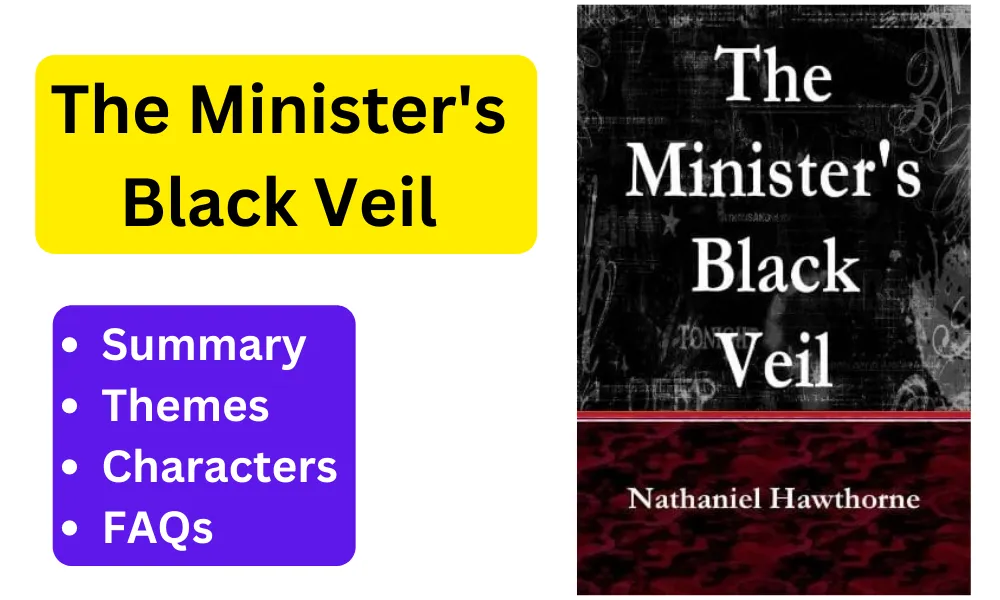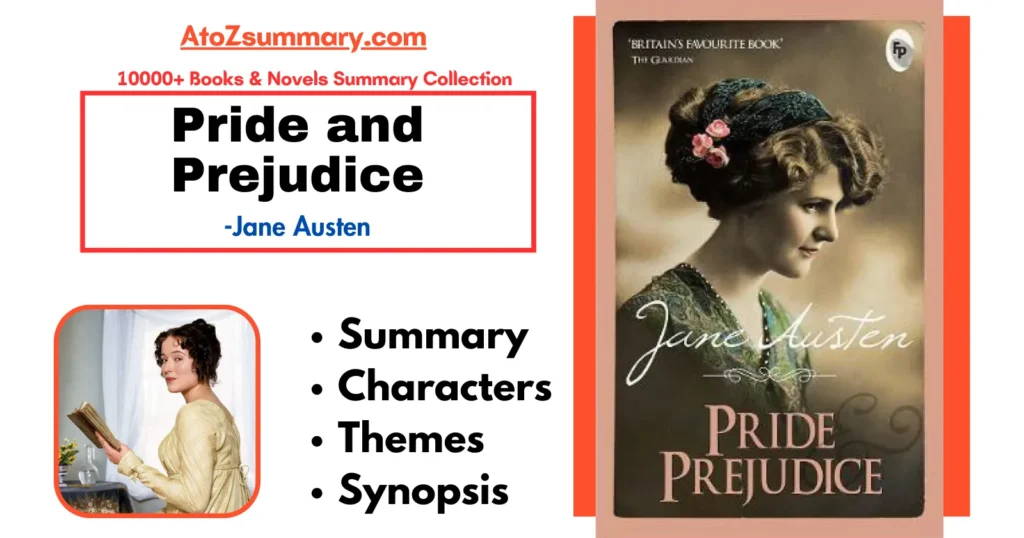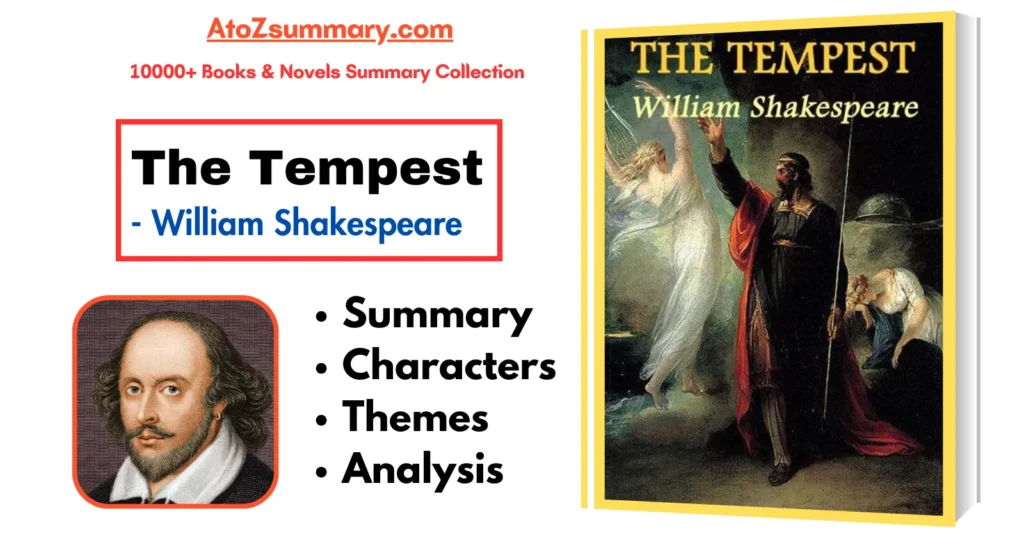About the Story
| Detail | Description |
|---|---|
| Title | The Minister’s Black Veil |
| Author | Nathaniel Hawthorne |
| Published | First published in 1836 |
| Genre | Dark Romanticism, Allegory |
| Setting | A small Puritan town |
| Protagonist | Reverend Mr. Hooper |
| Central Symbol | Black veil worn by the minister |
| Theme | Concealment of sin and human nature |
| Atmosphere | Mysterious, somber, and introspective |
| Conflict | Reverend Hooper’s veil divides the community |
| Moral Dilemma | Balancing public image with personal truths |
| Reaction of Community | Fear, speculation, and gossip |
| Character Development | Reverend Hooper’s isolation and internal struggle |
| Resolution | Reverend Hooper dies still wearing the black veil |
| Message | Everyone carries hidden sins, affecting relationships |
| Literary Techniques | Symbolism, allegory, ambiguity |
The Minister’s Black Veil Themes
The themes of the story are:
- Secrets – The story shows how hiding secrets, like the minister’s veil, can affect relationships and create mystery.
- Sin and Guilt – The veil represents hidden guilt and sin, highlighting how people wrestle with their own wrongdoings.
- Judgment – The town’s people judge the minister based on his veil, revealing how quickly society forms opinions about others.
- Isolation – The minister’s isolation due to the veil reflects how people can become disconnected when they hide parts of themselves.
- Human Nature – The story explores the complexities of human nature, like the tendency to conceal our true selves.
- Spiritual Parables – The veil can be seen as a symbol of spiritual truths, making the story a parable about confronting inner struggles.
- Ambiguity – The story’s unclear reasons for the veil remind us that some things can remain mysterious and open to interpretation.
The Minister’s Black Veil Characters
The main characters of the story are:
- Reverend Hooper: The protagonist, a minister who starts wearing a black veil over his face, causing confusion and fear among his congregation.
- Elizabeth: Reverend Hooper’s fiancée, who is deeply affected by his decision to wear the black veil and struggles with her feelings about it.
- Parson Clark: A neighboring minister who visits Reverend Hooper to discuss the meaning of the black veil.
- Reverend Clark: Another clergyman who is uncomfortable with Reverend Hooper’s black veil and tries to persuade him to remove it.
- The congregation: The people of the town who react differently to Reverend Hooper’s veil, ranging from curiosity to fear and speculation about its meaning.
The Minister’s Black Veil Summary
The plot revolves around an ordained minister serving in a New England parish. The narrative is considered to take place in the first part of the eighteenth century, before the Great Awakening of the years 1730 & 1740, when the American clergy emphasised individual sin & the need for salvation.
Mr Hooper, a preacher in the Connecticut town of Milford, surprises his congregation one Sunday by arriving for his sermon wearing a black veil. This semi-transparent covering completely masks much of his face, leaving only his mouth visible. His parishioners are taken aback and begin to speculate as to why he has begun to wear such a veil.
Hooper’s speech that day is about “secret sin.” Following the sermon, Hooper keeps on wearing the veil while presiding at a young woman’s burial and then at a wedding the same night.
Except for his future wife, Elizabeth, no one dares to approach Mr Hooper about his abrupt decision to begin masking himself beneath the black veil. Yet, the minister refuses to tell her why he is wearing it, other than that he is determined to wear it and never lift it till his death. When Elizabeth begs him to help her move it, he refuses, and she walks away, breaking off their engagement.
Mr Hooper’s parishioners die throughout the years, leaving him with a tiny flock. He becomes elderly and begins to be referred to as ‘Father Hooper’ due to his senior age. Then he, too, is dying on his deathbed, surrounded by additional holy men and his patient wife, Elizabeth, who was unwilling to wash her hands of him entirely and now sits compassionately nursing him in his final moments.
Reverend Mr Clark, one of the persons gathered around the minister’s dying bed, attempts to urge him to remove the black veil from his face as the last rites are administered. However, Hooper rallies his final power to prevent Clark from raising the curtain, shouting that he would never lift it while he stays ‘on earth’.
When questioned about it, Hooper assures them that they need not be afraid because of his veil alone, but when he stares at them, they are all wearing black veils as well. Hooper dies, the black veil continuing to hide his face, after shocking everyone surrounding him with this puzzling news.
The Minister’s Black Veil FAQs
What is the main idea of the Minister’s Black veil?
The Minister’s Black Veil is about a minister who wears a black veil, which makes people scared. It shows how secrets can change how people see someone.
What happens at the end of the Minister’s Black veil?
At the end of The Minister’s Black Veil, the minister, Mr. Hooper, wears his black veil even in death, keeping his secret sin hidden, showing people their hidden sins too.
How is the ministers black veil ironic?
The minister wears a black veil to symbolize hidden sins. It’s ironic because he preaches about honesty but hides his own sin, showing how people often hide their flaws.
What was Hawthorne’s message in the minister’s Black veil?
Nathaniel Hawthorne’s message is about how people hide their secret sins and how fear and judgment can divide a community.










![The Catcher In The Rye Summary, Themes & Characters [by J. D. Salinger] The Catcher In The Rye Summary, Themes & Characters [by J. D. Salinger]](https://atozsummary.com/wp-content/uploads/2023/06/The-Catcher-In-The-Rye-Summary-Themes-Characters-by-J.-D.-Salinger.webp)
